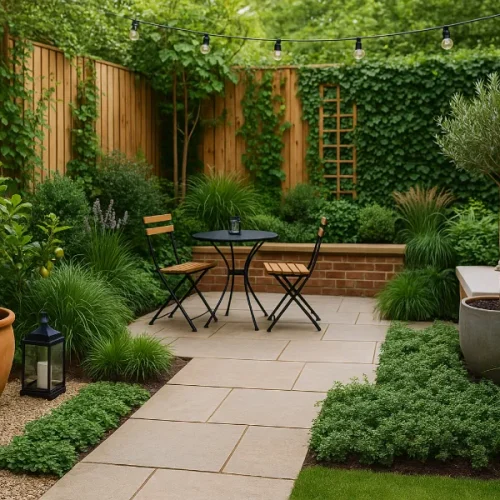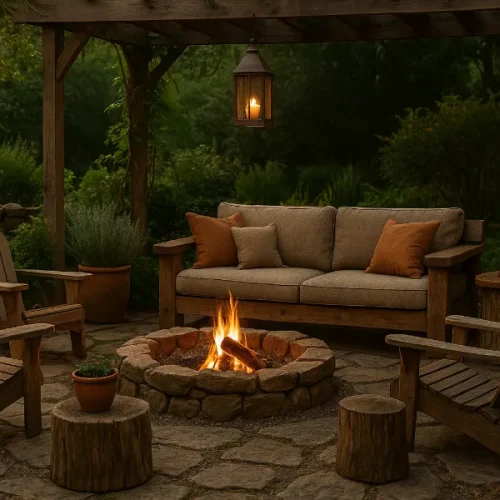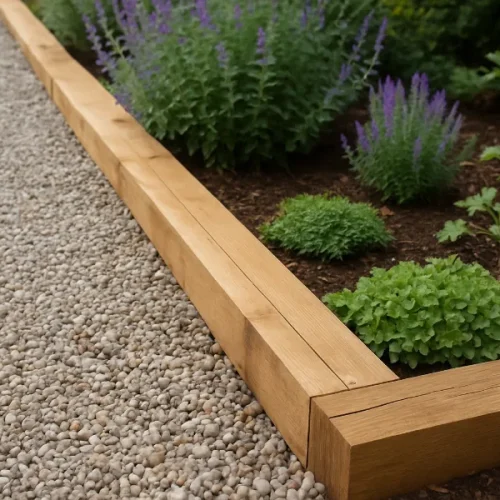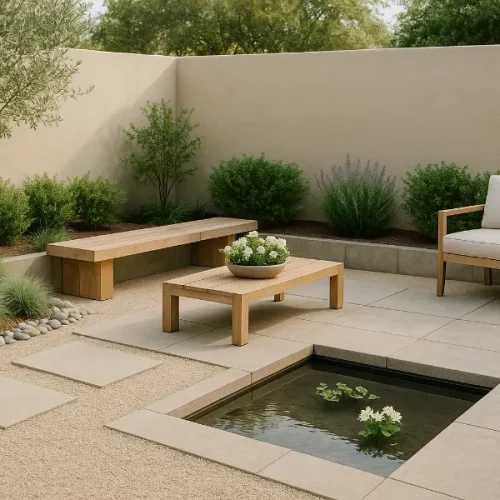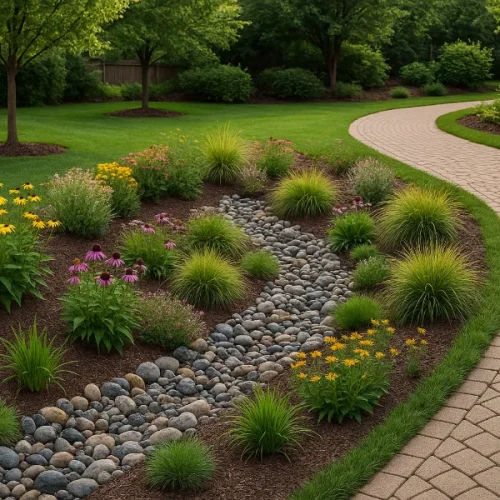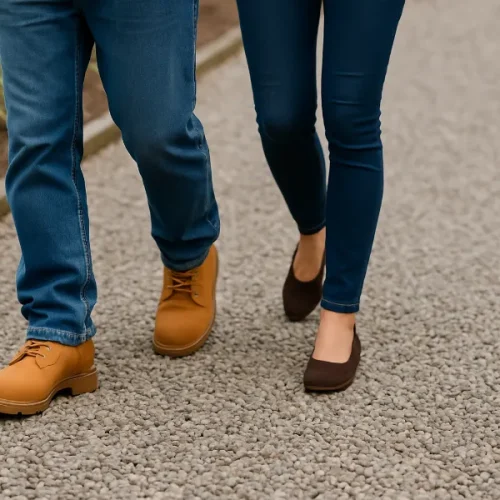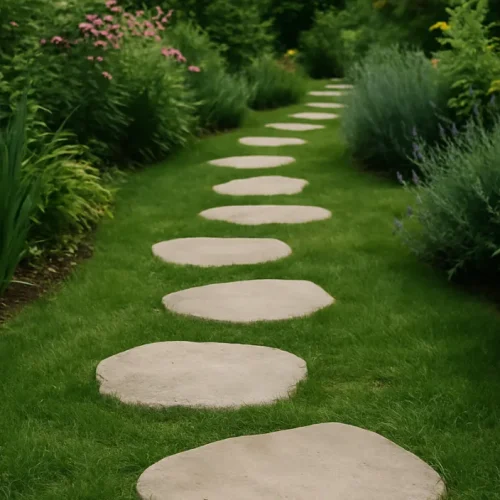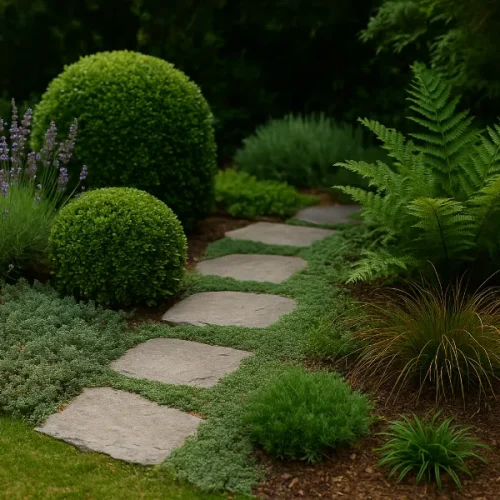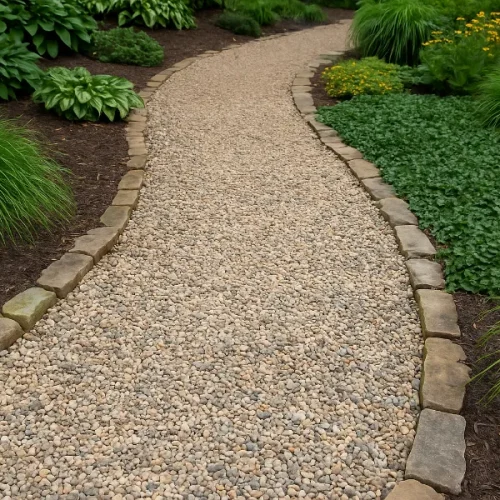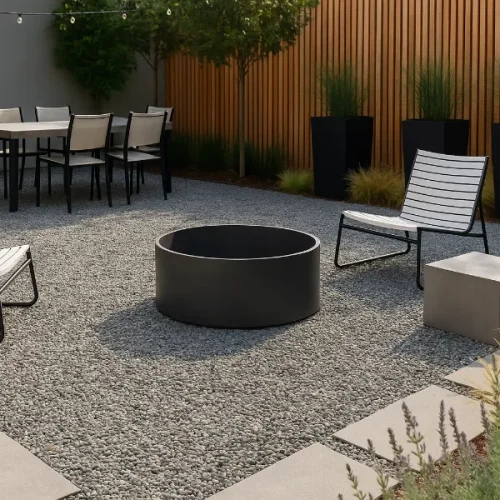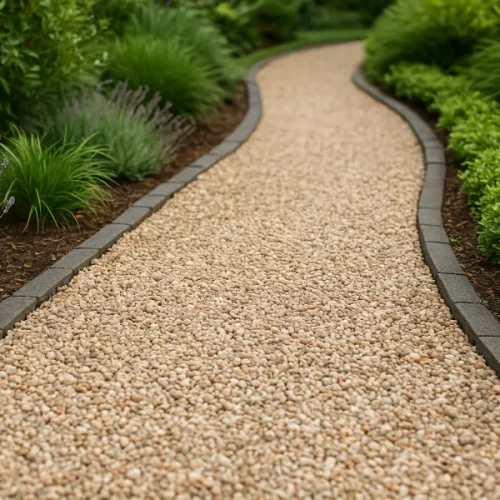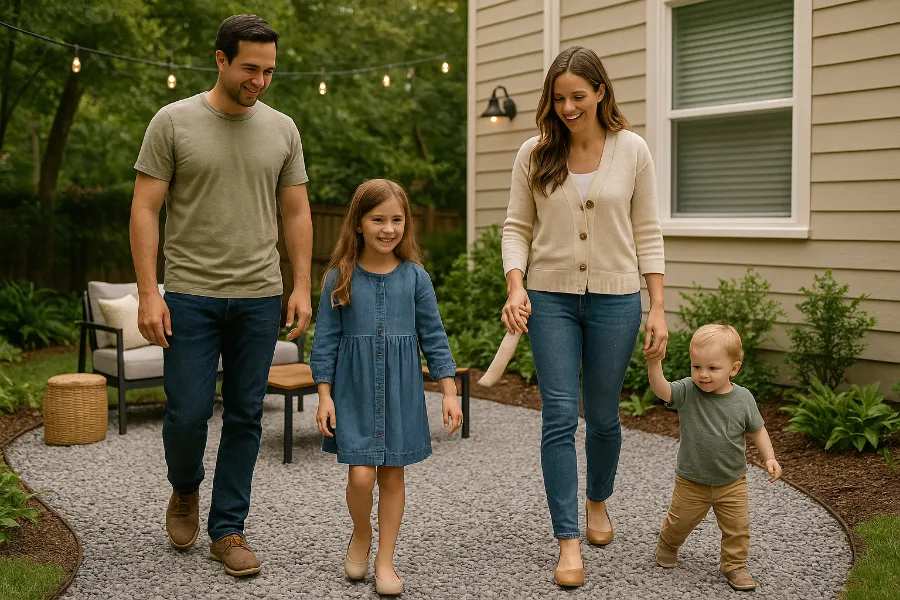
A crushed stone patio is one of the most practical and stylish upgrades you can bring to your outdoor space. Unlike concrete or brick, crushed stone offers a natural look with flexibility that works for modern backyards as well as rustic garden settings. It’s affordable, durable, and surprisingly easy to install if you want to take on a DIY project. Whether you’re building a quiet corner retreat or a large entertaining area, a crushed stone patio can deliver both charm and function without breaking the bank.
Let’s explore the benefits, design ideas, step-by-step installation, common pitfalls to avoid, and how to keep your patio looking great year after year.
Benefits of a Crushed Stone Patio
A crushed stone patio isn’t just about looks—it comes packed with advantages:
- Cost-effective: Compared to concrete slabs, flagstone, or brick pavers, crushed stone costs significantly less per square foot. You can create a large patio without draining your budget.
- Natural drainage: Rainwater seeps easily through the stone into the ground, preventing puddles and reducing runoff.
- Flexible design: You can shape a crushed stone patio into curves, circles, or straight edges with minimal effort.
- DIY friendly: With basic tools and a little planning, most homeowners can install their own patio in a weekend.
- Low environmental impact: Because water permeates the surface, it’s gentler on the surrounding landscape and works well with rain gardens.
Types of Gravel and Crushed Stone
Choosing the right stone makes a huge difference in both comfort and stability. The two most popular options are:
Pea Gravel
- Smooth, rounded stones about the size of a pea.
- Comfortable under bare feet—great for casual lounging areas.
- Offers a softer, playful look.
- Less stable for heavy furniture because the stones shift easily.
Crushed Stone
- Angular, jagged pieces that lock together tightly.
- Provides a firm surface, making it better for dining tables, grills, and fire pits.
- Available in various sizes and colors, from gray to tan to reddish tones.
- More durable for high-traffic areas.
Tip: Many patios combine the two—using crushed stone for the main surface and pea gravel for decorative borders or pathways.
If you’re exploring different finishes for your patio or garden walls, it’s also worth considering manufactured stone veneer. It provides the natural look of stone with added suitability for vertical applications like seating walls, outdoor kitchens, or fire pit surrounds. For inspiration and ideas, you can check sources like https://ixlbuild.com/categories/stone/manufactured-stone-veneer/ to see a variety of options that complement crushed stone surfaces.
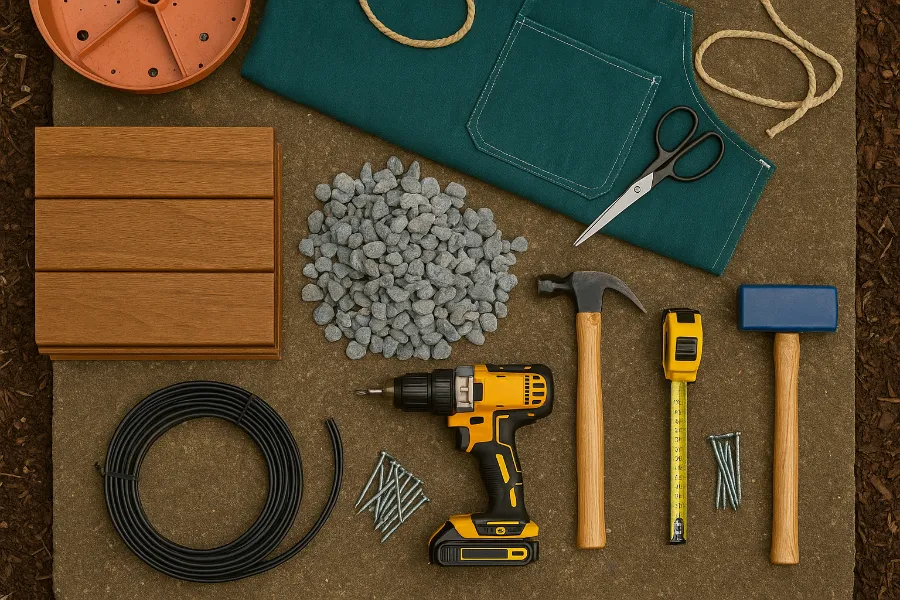
Planning and Design Ideas
Before you start digging, spend some time on design. A little planning ensures your crushed stone patio feels intentional and stylish.
- Shape and size: Think about how you’ll use the space. A small circle works for a bistro table, while a larger rectangle fits outdoor sofas and fire pits.
- Edging options: Metal strips, wood timbers, or stone pavers can frame your patio neatly and prevent gravel from spilling into your yard.
- Mix with greenery: Surround the patio with low-maintenance plants, or let vines trail along the edges for a cozy feel.
- Add interest with stepping stones: Incorporate flagstones or concrete pavers inlaid into the gravel for a unique, patterned look.
- Think about flow: Place the patio near natural pathways, doors, or shade trees to make it feel like an extension of your home.
Step-by-Step Installation
Ready to get hands-on? Here’s a straightforward process for building your own crushed stone patio:
1. Mark and Excavate
Outline the patio shape with stakes and string or a garden hose. Remove grass and soil about 4–6 inches deep, depending on your base material.
2. Install Edging
Place your chosen edging material around the perimeter. This keeps the stone contained and defines the shape.
3. Add a Base Layer
Pour in 2–3 inches of compactable gravel or crushed stone as a base. This provides stability and drainage. Compact it firmly with a tamper.
4. Lay Landscape Fabric
Spread weed barrier fabric over the base to reduce weed growth. This step also prevents the top layer of stone from mixing with the soil.
5. Spread Crushed Stone
Add 2–3 inches of your chosen stone. Rake it evenly and compact it lightly to lock the surface.
6. Final Touches
Rake the top to smooth out footprints and uneven areas. Add furniture, planters, or a fire pit to complete the space.
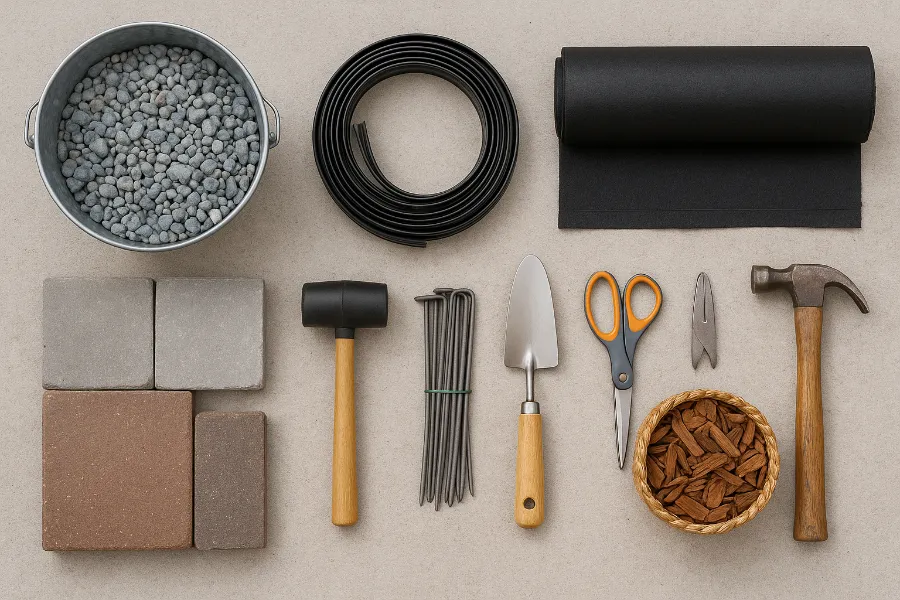
Common Mistakes to Avoid
A few shortcuts can ruin your patio’s look and function. Watch out for these mistakes:
- Skipping the base layer: Without a firm foundation, your patio will sink and shift over time.
- Poor drainage: Failing to slope the patio slightly can cause water pooling.
- No weed barrier: Weeds will quickly creep up if you don’t install fabric.
- Not compacting: Loose stone is uncomfortable to walk on and unstable for furniture.
Costs and Budgeting
One of the best perks of a crushed stone patio is affordability. On average:
- Materials: $1–$3 per square foot, depending on the type of stone.
- DIY costs: For a 200-square-foot patio, expect $200–$600 for stone plus edging.
- Professional installation: $8–$15 per square foot, which still beats many other patio options.
If you’re handy and willing to put in a weekend of work, a DIY patio can save you thousands.
Maintenance and Longevity
A crushed stone patio is refreshingly low-maintenance:
- Rake regularly: Smooth out footprints, redistribute stone, and keep the surface even.
- Weed control: Occasionally pull weeds that sneak through or add a fresh layer of gravel.
- Replenish stone: Over time, some gravel may scatter—adding a thin layer every couple of years keeps it looking fresh.
- Seasonal checks: After heavy rain or snow, inspect edges and drainage to ensure the surface stays intact.
With minimal care, your patio can last decades.
Design Enhancements
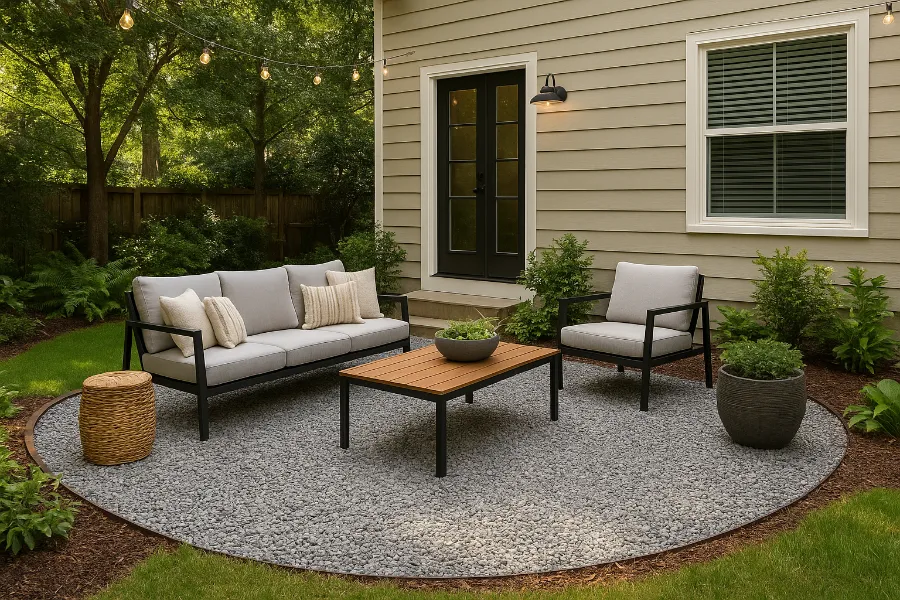
Want to elevate your crushed stone patio beyond the basics? Try these additions:
- Outdoor furniture: Choose wide-legged chairs and tables that won’t sink into the gravel.
- Fire pit or fireplace: Stone surfaces are naturally fire-resistant—perfect for cozy evenings.
- Lighting: Solar lanterns, string lights, or pathway lighting add ambience.
- Pergola or shade sail: Create comfort and style overhead.
- Water features: A small fountain or pond can turn your patio into a tranquil escape.
- Mixing materials: Pair crushed stone with pavers, flagstone, or wood decking for a custom, layered look.
Conclusion
A crushed stone patio is a versatile, affordable, and beautiful way to upgrade your outdoor living space. With its easy installation, low maintenance, and endless design options, it’s no wonder more homeowners are choosing gravel over traditional patios. Whether you DIY it over a weekend or bring in a professional for a polished finish, you’ll gain a functional, stylish space that blends seamlessly with nature.
Your backyard deserves a patio that’s as inviting as your living room—why not start with the simple elegance of crushed stone?


